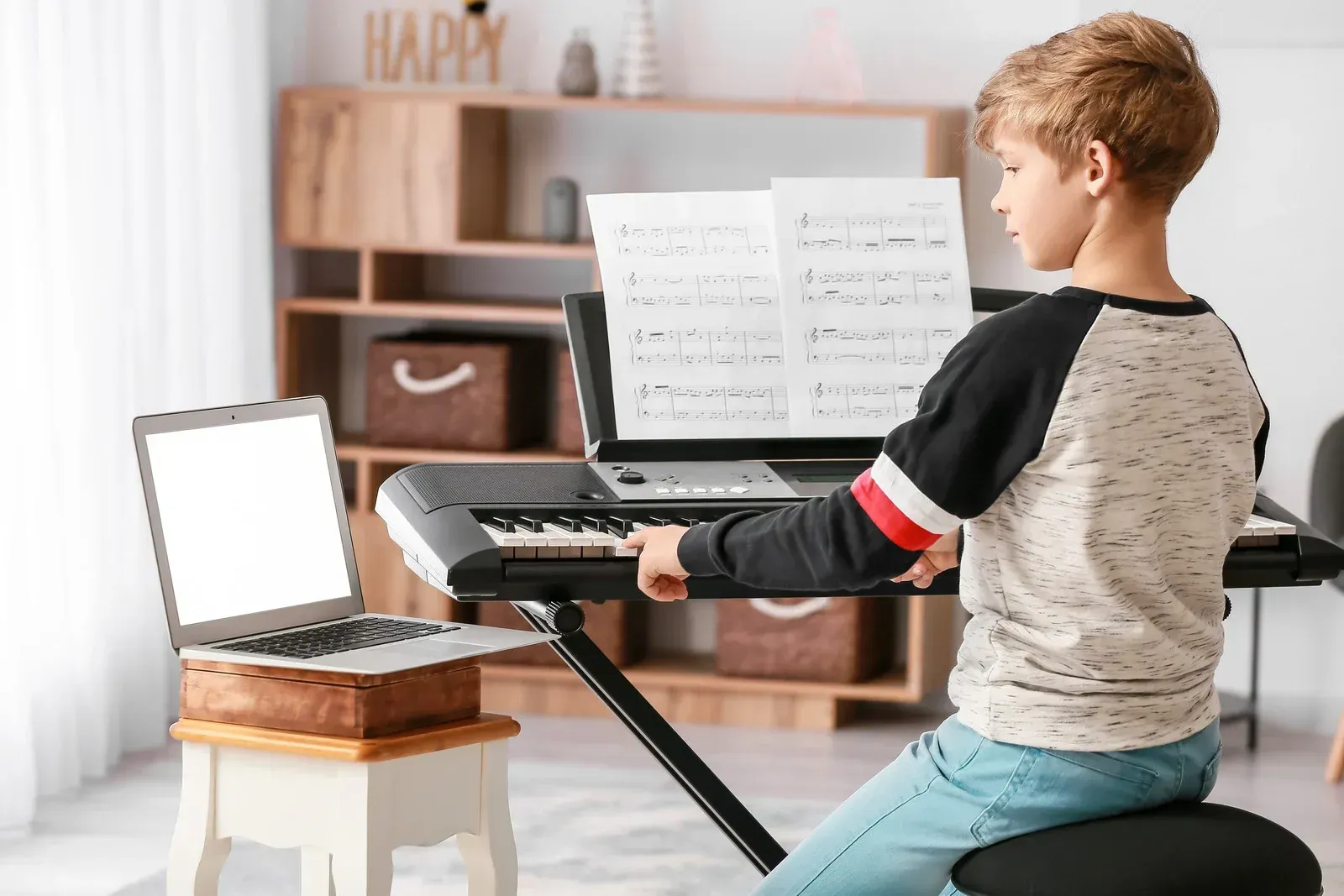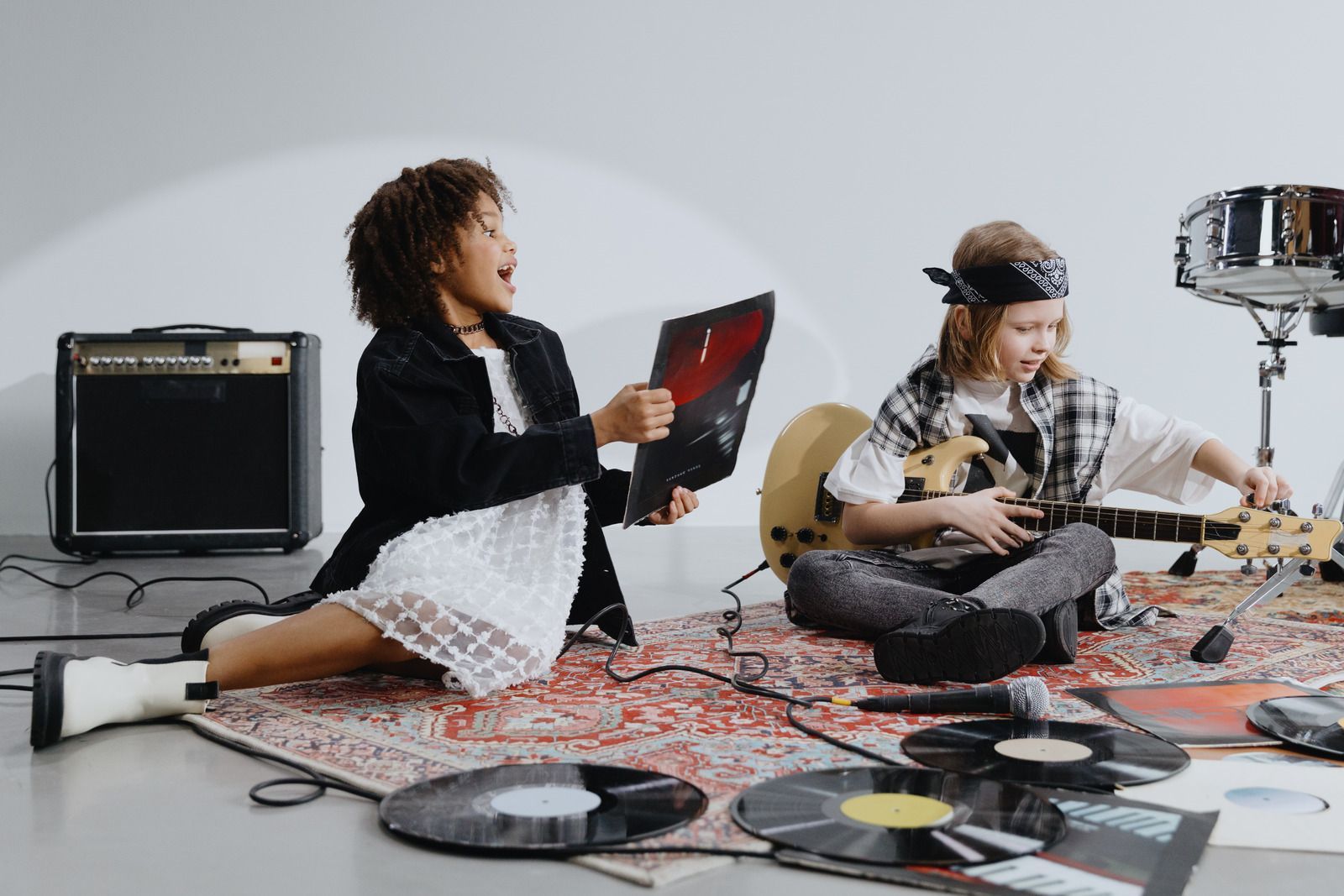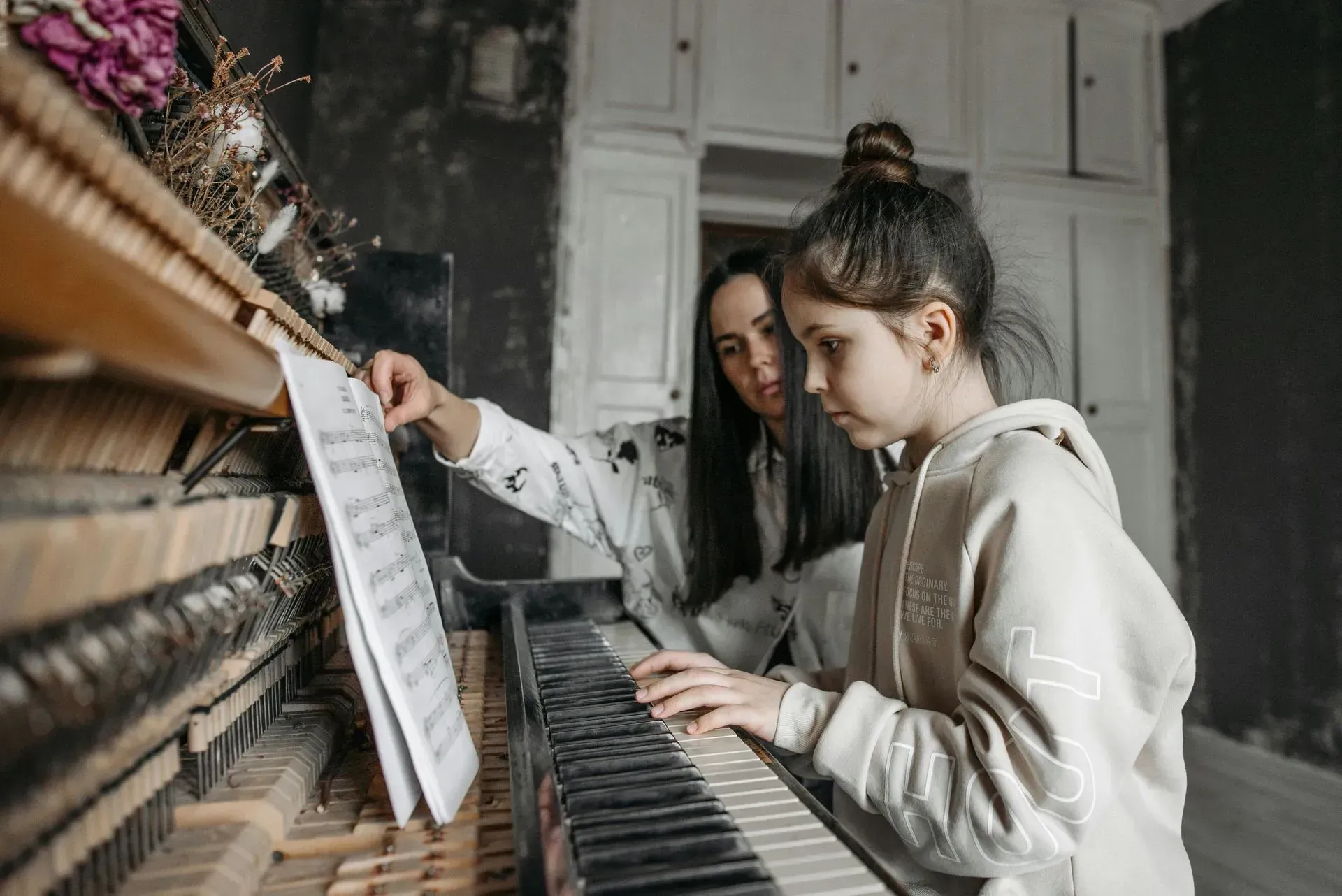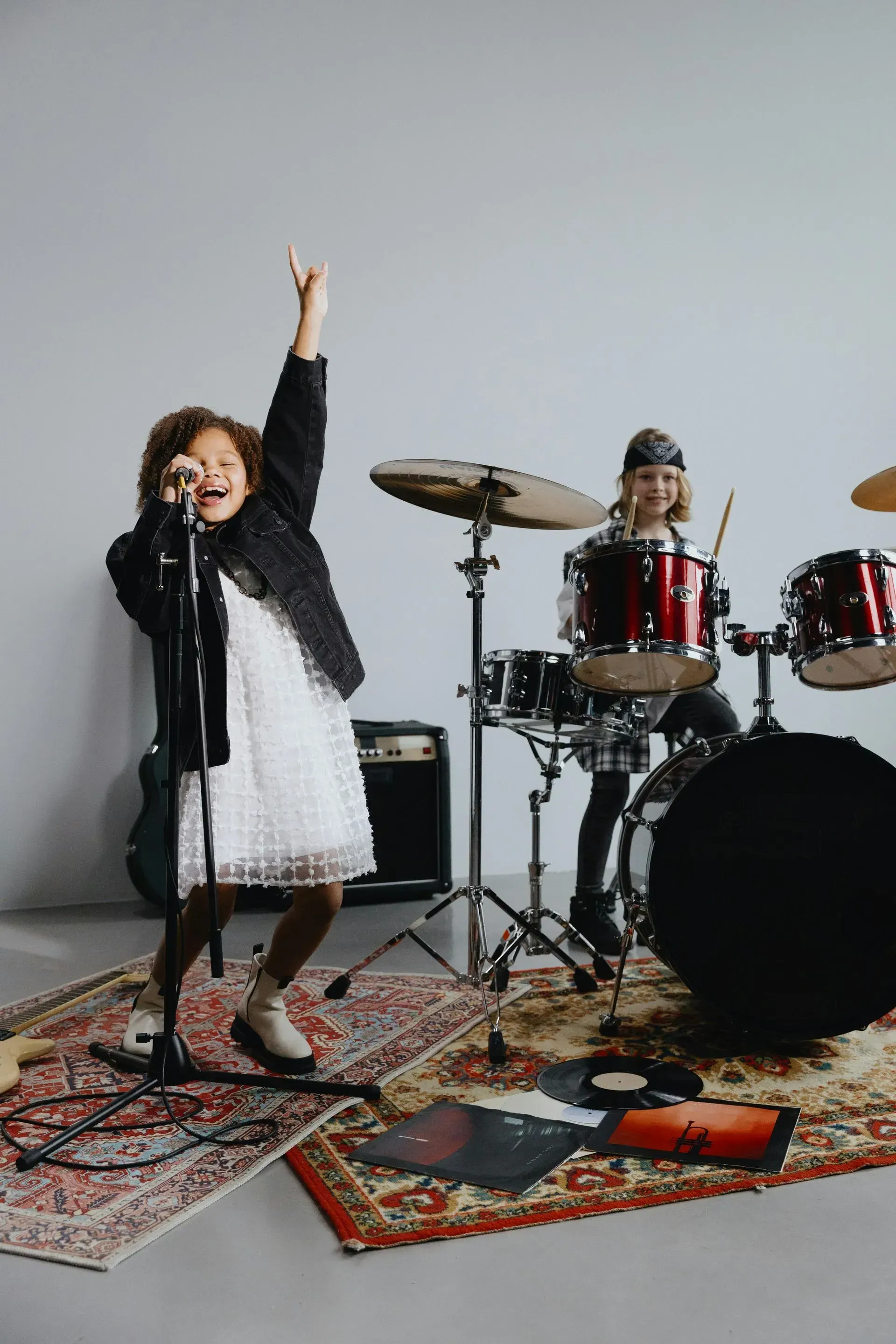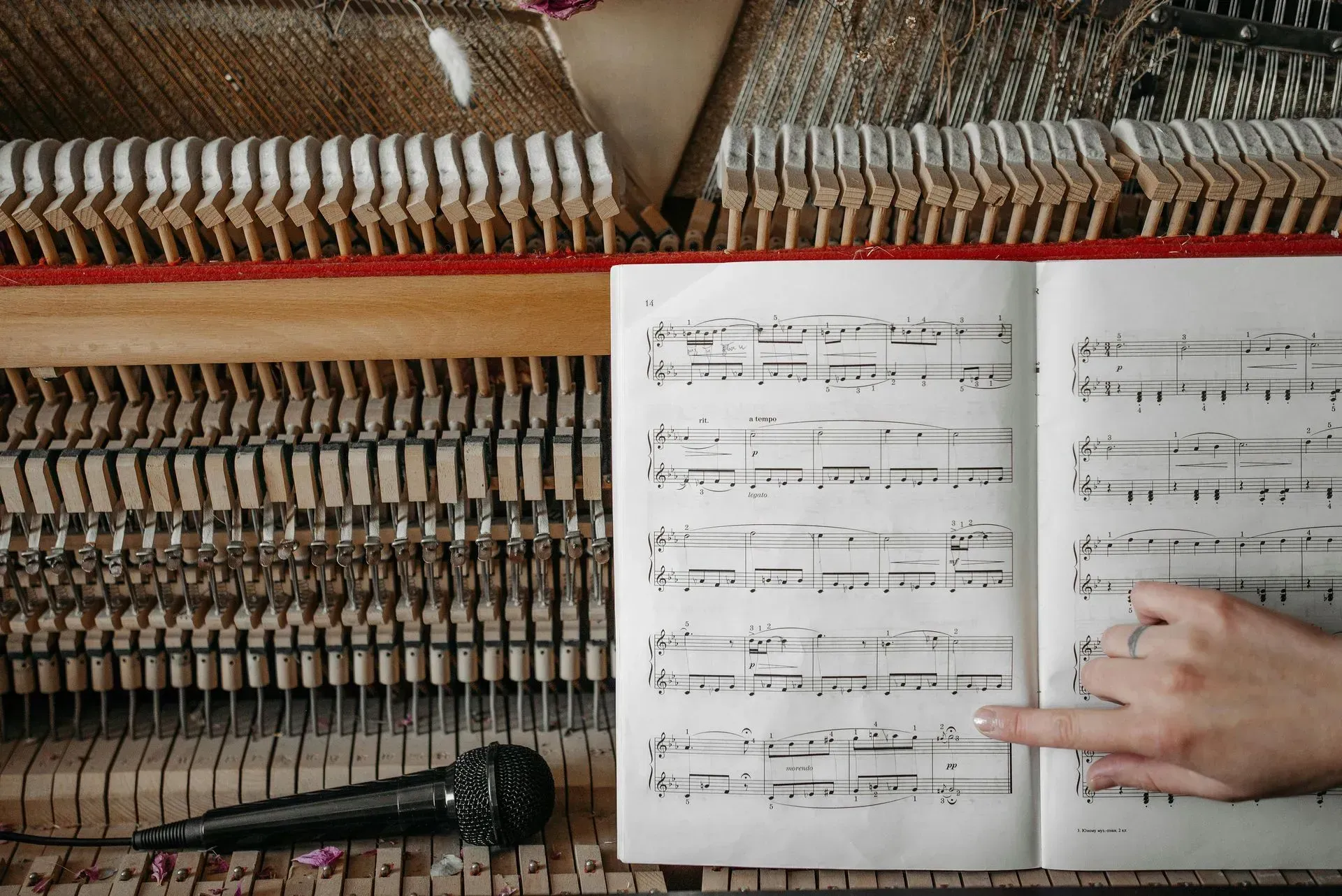The 80/20 Rule Applied to Music Practice
The 80/20 rule, also known as the Pareto Principle states that 80% of your results come from 20% of your efforts (if you want a more technical definition look it up, it’s fun to read about). For example, if you’re fundraising it could be that 80% of your donations come from 20% of your donors. In computer science, it’s been observed that 20% of coding holds 80% of the errors and/or bugs. It seems to appear in health care, social outcomes, engineering, quality control and so on. I have seen and heard of the 80/20 rule being used, discussed and observed in all sorts of situations, but let’s stick to music practice for now.
So if, when practicing an instrument, 80% of your results come from 20% of your efforts, what does that mean? There are a couple ways to look at it. Let’s say that 80% of the songs you’ve learned or could learn in the coming months use just 20% of the techniques you’ve practiced. How about honing in and doubling down on that 20% of technique? You’ll learn way more songs way faster.
This can apply to any instrument, but let’s talk about beginner guitar playing in particular for a minute. Sooo many pop/rock/folk/country type songs use the chords G, C, D, Am, Em (not always all at once, and they come in different orders, but they’re there). The reasons for this lie in a combination of basic music theory and the standard tuning of a guitar, which I won’t go into now. With the use of a capo you can expand the range of available songs with just those chords vastly. These are often the first chords you learn on the guitar. Depending on what you consider different chords (i.e. are five different versions of C major five different chords?), there are quite literally thousands of chords available on the guitar. But you don’t need to know them all to play most songs you’d want to play. At least to get started…
Next learn some basic strumming patterns. Rhythm is the most important aspect of music overall. Rhythm defines music genres and culture, and is the first thing that people (musicians and non-musicians alike) notice as “wrong” when it’s a little off. So learn a handful of basic rhythmic patterns to utilize and you’ll be well on your way. You’d be surprised how many songs, even across genres, use the same or similar rhythmic patterns.
More broadly, try to fixate on where you need the most improvement in your playing. This should be measured by thinking about how you can get the most bang for your buck when you practice. It’s possible (I’ve seen it) to play an instrument every day for decades and still not really know how to play effectively in a band. Just like you can have a driver’s license and drive a car every day for decades and still not be a skilled race car driver. It takes focused practice and repetition to improve. But it’s also possible to repeat the same or similar things over and over again and improve very slowly or not at all. If you focus on your weakness, it will become a strength. This is essential for learning an instrument.
But there’s a lifetime (more actually!) of songs, techniques and theory to learn! The name of the game is finding the 20% of possible skills to practice for you personally, wherever you’re at in this moment of your journey, that will yield 80% of the results you’re looking for. This does often require an outside point of view, even if you’re an experienced player, and especially if you’re a beginner. So ask your teacher! Ask fellow musicians.
One caveat that I will put forward is that there are certain musical techniques that must be practiced long term that you may not notice the benefits of right away. That doesn’t mean they’re not worth doing. The trick of being a growing musician, whether you’re a seasoned pro or a complete beginner, is simultaneously thinking short term and long term. What if there’s a technique or song that’s going to take a year of daily practice to learn?? Then do it every day for a year! But don’t skimp on the short term goals either (and vice versa).
In short, look for the 20% of your practice or potential practice that can give you 80% of your musical growth and double, triple, quadruple down on that 20%.
